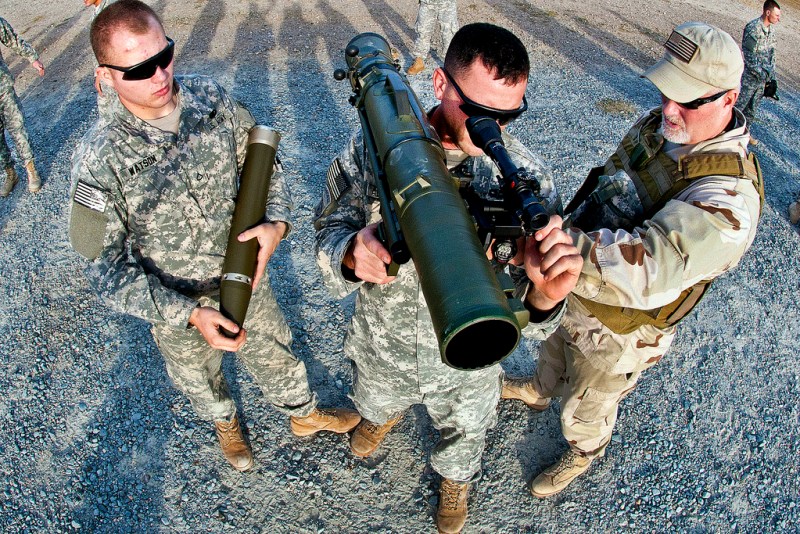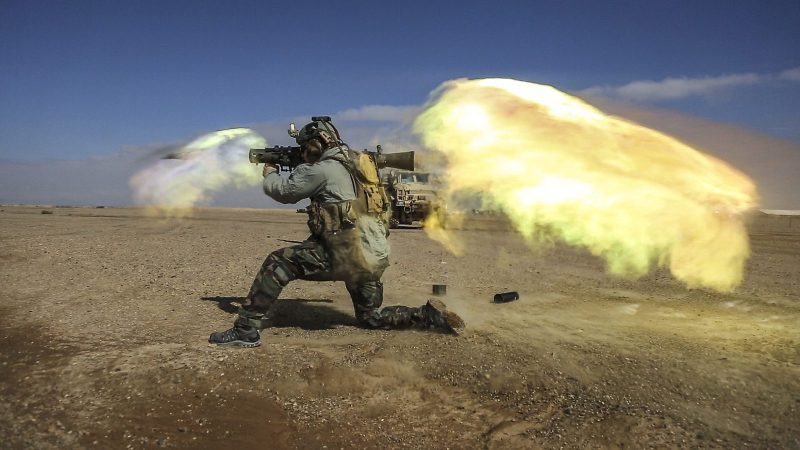
Even on the homefront, troops could be sustaining physical damage from using certain types of weapons in training exercises.
A 2016 study showed firing heavy weapons, like the Carl Gustaf recoilless rifle, could temporarily impede troops’ learning and memory functions. Now, the U.S. military is examining the long-term neurological effects from these guns, according to NPR.
Most of the concern surrounds the shoulder-fired Carl Gustaf, a gun so big it resembles a bazooka and is capable of destroying tanks, and other similar weapons.

One round for the Carl Gustaf weighs ten pounds and leaves the barrel at 500 miles per hour. Because it sends a violent burst of hot gas out of the breech when fired, soldiers are instructed to stand to the side of their comrades holding the rifle.
Despite this, troops are hit with strong blast waves that bounce off surrounding surfaces—the ground, nearby walls, or close vehicles. One soldier described the sensation as similar to getting “punched in your whole body.” Another said his ears would bleed after firing the Carl Gustaf, NPR reports.
In 2011, the U.S. military outfitted soldiers in Afghanistan with coin-sized blast gauges on their helmets and realized troublesome levels of blast exposure.
Read the full NPR report here.
—RealClearLife
This article was featured in the InsideHook newsletter. Sign up now.






















